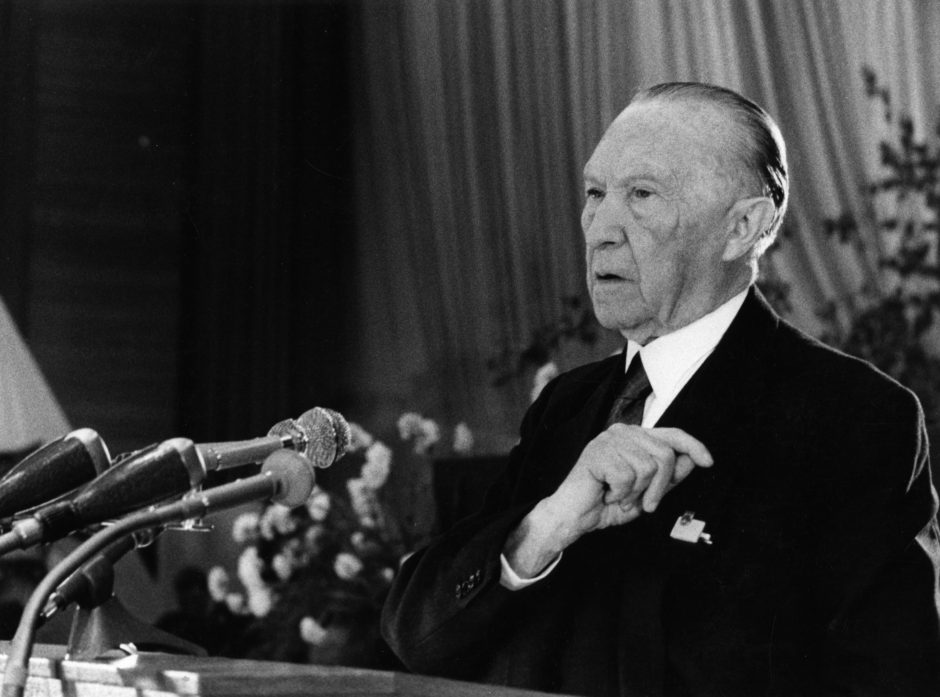It’s no secret that numerous members of Germany’s Nazi Party burnished their careers in postwar West German governments as high-ranking officials, Allied de-Nazification programs notwithstanding.
This contentious issue is on the table again thanks to a recent decision by German Chancellor Angela Merkel. Heiko Maas, her justice minister, has established a commission to re-examine the influence of such Nazi-tainted Germans in the rebuilding of the country after the disastrous National Socialist interregnum.
Historians have examined this unsettling phenomenon in countless monographs and books, yet it calls for more extensive research.
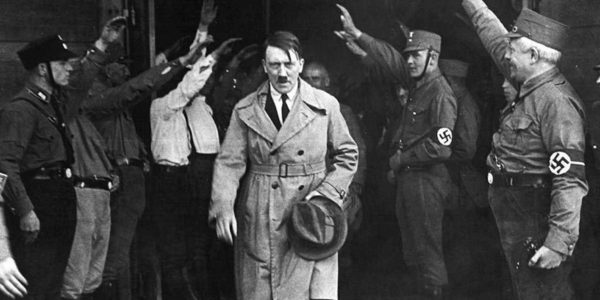
Approximately 8.5 million Germans, representing 10 percent of Germany’s prewar population, joined Adolf Hitler’s Nazi Party, which guided Germany from 1933 to 1945. Another 45 million Germans were members of Nazi-affiliated organizations like the League of German Women and the Doctors’ League.
With Germany’s ignominious defeat, Nazi leaders from Hermann Goring to Albert Speer were tried at the Nuremberg war crimes tribunal starting in 1946.
In concert with this process, the Allies in occupied Germany detained civilians who had played a role in the Nazi seizure and maintenance of power. By 1947, 80,000 Germans had been arrested and 1.9 million had been denied employment in government ministries.
Dwight Eisenhower, the U.S. general who commanded Allied forces in the final years of World War II, estimated it would take 50 years to purge Germany of its Nazi past.
De-Nazification never really took root in West Germany, having been unpopular at the grassroots level. In communist East Germany, the process was more successful.
Most West Germans wanted to put the Nazi era behind them and get on with their lives. There was a widespread belief that Germans who had joined the Nazi Party had done their patriotic duty during a difficult time, though there were qualms regarding the persecution and murder of Jews.
As a result of the deepening Cold War, the Allied powers — the United States, France and Britain — focused their attention on integrating West Germany into the Western alliance and confronting the Soviet Union and its allies in eastern and central Europe.
Consequently, de-Nazification came to be seen as counter-productive and was scrapped. Nonetheless, sporadic trials in West Germany from the 1950s onward brought still more Nazis to justice.
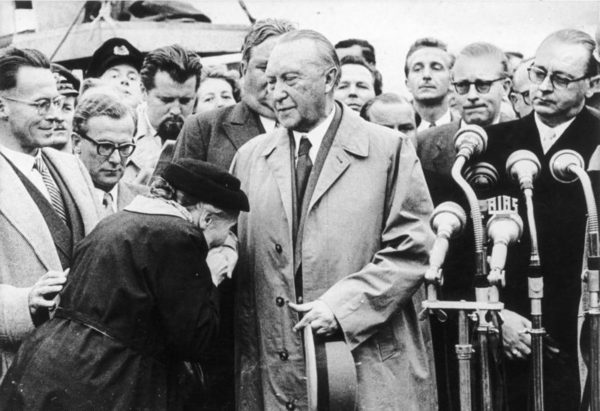
During the period of prosperity from 1953 to 1963, West Germany was governed by Konrad Adenauer, a conservative politician who had been an anti-Nazi. In accordance with the ethos of the times, Adenauer hired Hans Globke as his chief of staff. A senior civil servant during the ill-fated Weimar Republic, Globke was a careerist who fitted in seamlessly with the new Nazi order.
Globke had a hand in drafting the infamous 1936 Nuremberg laws, which in one fell stroke revoked the citizenship of German Jews and banned mixed marriages between Jews and Christians. After the war, he admitted he had known that Jews were being “killed in large numbers.”
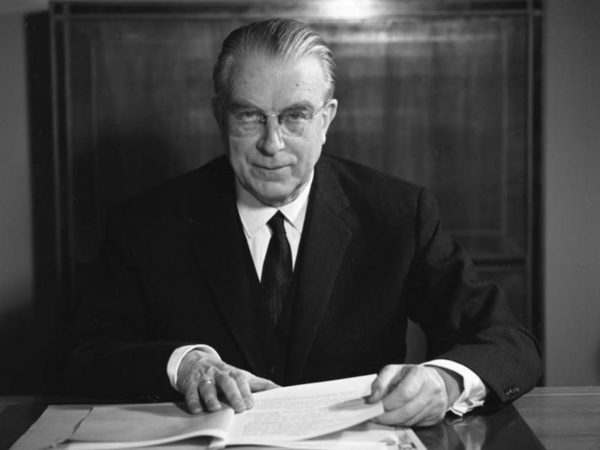
Globke’s rehabilitation was hardly unusual: one West German chancellor, one president and 25 cabinet ministers had been members of the Nazi Party.
Kurt Georg Kiesinger, the chancellor from 1966 to 1969, joined the party in 1933. Walter Scheel, the president from 1974 to 1979, was a member from 1941 to 1942.
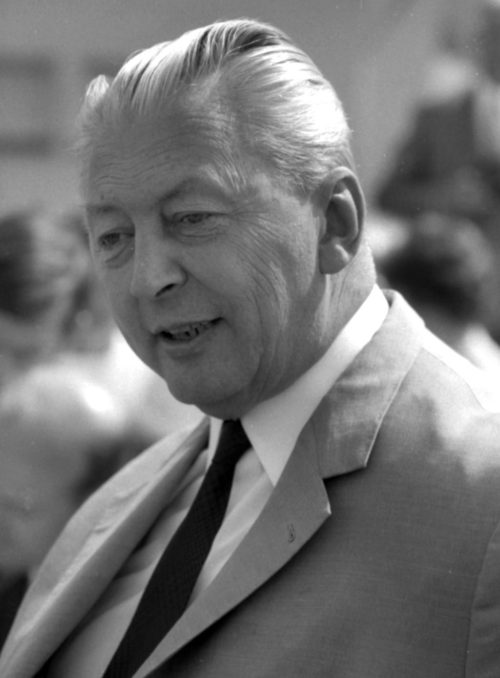
A succession of ministers, from Karl Schiller (finance) and Gerhard Schroder (foreign affairs) to Friedrich Zimmermann (interior) and Richard Jaeger (justice), were members as well.
Their ability to blend into West German society was far from unusual. In the aftermath of the war, West Germany was in dire need of experienced civil servants and lawyers. The justice ministry, in particular, had to be brought up to speed, according to the former justice minister, Sabine Leutheusser-Schnarrenberger.
Almost 100 members of the Nazi Party held high-ranking positions in the justice ministry from 1949 to 1973. Of these, 34 were members of Nazi Party paramilitaries, which facilitated Hitler’s rise to power and participated in Kristallnacht, the nation-wide pogrom in November 1938 that claimed the lives of 91 Jews and resulted in the destruction of nearly every synagogue in Germany.

By 1957, three-quarters of the ministry’s senior staff were former Nazis, a higher proportion than during the Nazi epoch itself.
The justice ministry was not the only ministry infiltrated by Germans who had been Nazis. From 1949 to 1970, 54 percent of the employees in the ministry of interior — which at one point was overseen by SS chieftain Heinrich Himmler — had been in the Nazi Party. Some of them took part in forced sterilization programs.
These officials protected each other from possible prosecution, while most Germans were content to let bygones be bygones.
